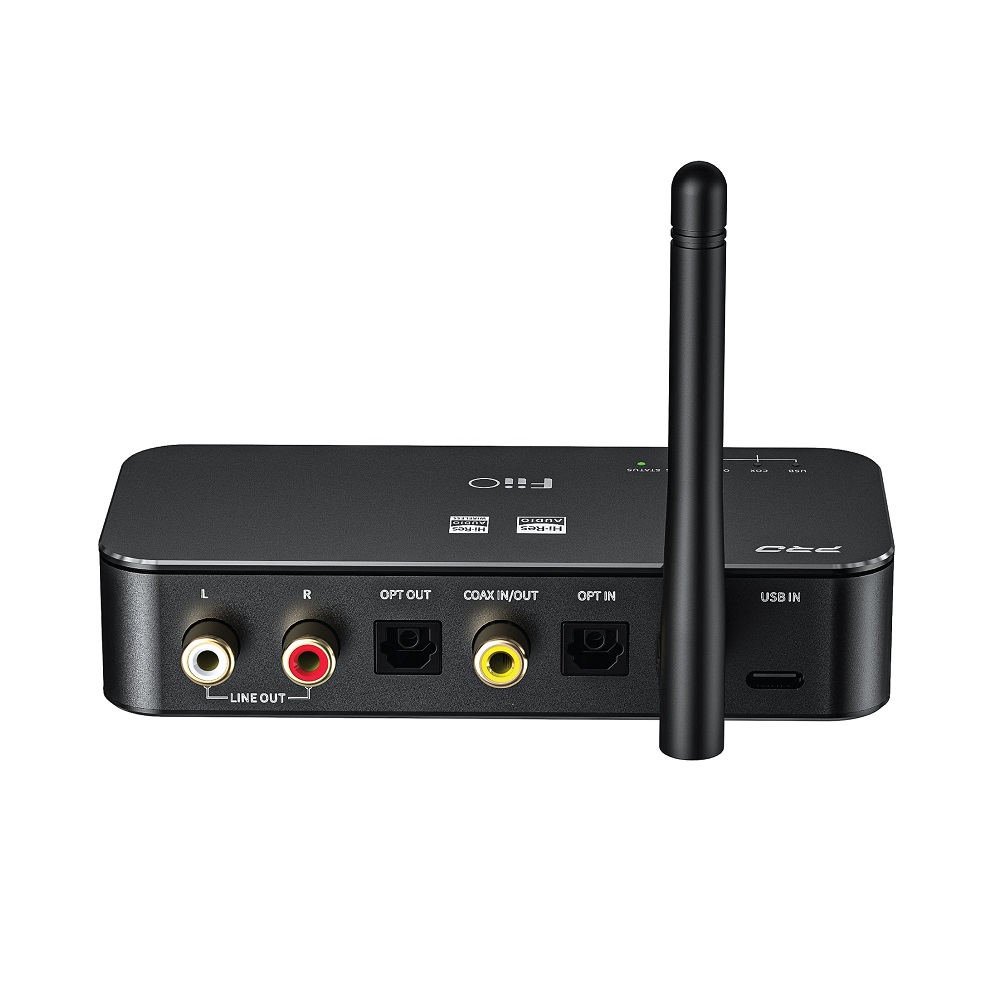Bluetooth transmitters are excellent gadgets that open the door to wireless audio streaming, connecting your non-Bluetooth devices to Bluetooth-capable headphones, speakers, and sound systems. Whether you want to enjoy movie audio through your wireless headphones or listen to music from an older stereo system, a Bluetooth transmitter can enhance your audio experience. However, setting it up correctly can be tricky for first-time users. This guide walks you through the entire setup process, ensuring that you’re ready to enjoy high-quality sound without any hassle.
Understanding Your Bluetooth Transmitter
What Does a Bluetooth Transmitter Do?
Before diving into installation, it’s essential to understand what a Bluetooth transmitter does. This device converts audio signals from non-Bluetooth devices into Bluetooth signals, allowing them to pair with wireless speakers or headphones. For instance, you could plug a Bluetooth transmitter into your TV’s audio output to stream sound to your wireless sound system. This versatility makes Bluetooth transmitters highly valuable for older devices lacking built-in Bluetooth functionality.
Types of Bluetooth Transmitters
Choose the right Bluetooth transmitter based on your needs. Some popular types include portable models designed for travel and fixed transmitters meant for stationary devices like TVs or sound systems. Portable models usually come with rechargeable batteries and may be more compact. In contrast, fixed options may offer more robust features and better range. Be sure to read the specifications carefully before making a choice to ensure it meets your audio demands.

Gather Your Equipment
Collect Necessary Cables and Adapters
To set up your Bluetooth transmitter, gather all the necessary equipment before you begin. Most transmitters require two main components: an audio cable for connection to your device and a power source, which may be a USB charger or an internal battery. Look for a 3.5mm aux cable, optical cable, or RCA cables, depending on the connections available on your audio device. Having everything at hand reduces frustration during the setup process.
Ensure Device Compatibility
Before proceeding, confirm that your audio source is compatible with the Bluetooth transmitter. Read through the specifications to determine the required audio output method. Ensure your Bluetooth headphones or speakers are also compatible and charged to avoid issues during pairing. Familiarizing yourself with the compatibility features will save you time and help in troubleshooting potential problems later.
Connect the Transmitter to Your Audio Source
Plugging in the Audio Cable
Start by connecting the Bluetooth transmitter to your audio device. If you’re connecting to a TV, locate the audio output port—usually labeled as “Audio Out,” “Headphone Jack,” or “Optical Out.” Insert one end of the audio cable into this port and the other end into the appropriate port on the transmitter. Make sure the connection is secure; loose cables can lead to connectivity issues.
Powering Up the Transmitter
Once the audio cable is securely connected, power up your Bluetooth transmitter. If it has an internal battery, press the power button after ensuring it’s charged. If it needs to be plugged in, use the included USB power adapter to connect it to an outlet. If the transmitter has LED indicators, check to see if the power light turns on. Some models blink or change colors to signify different modes or connectivity status, so pay attention to these cues for proper setup.
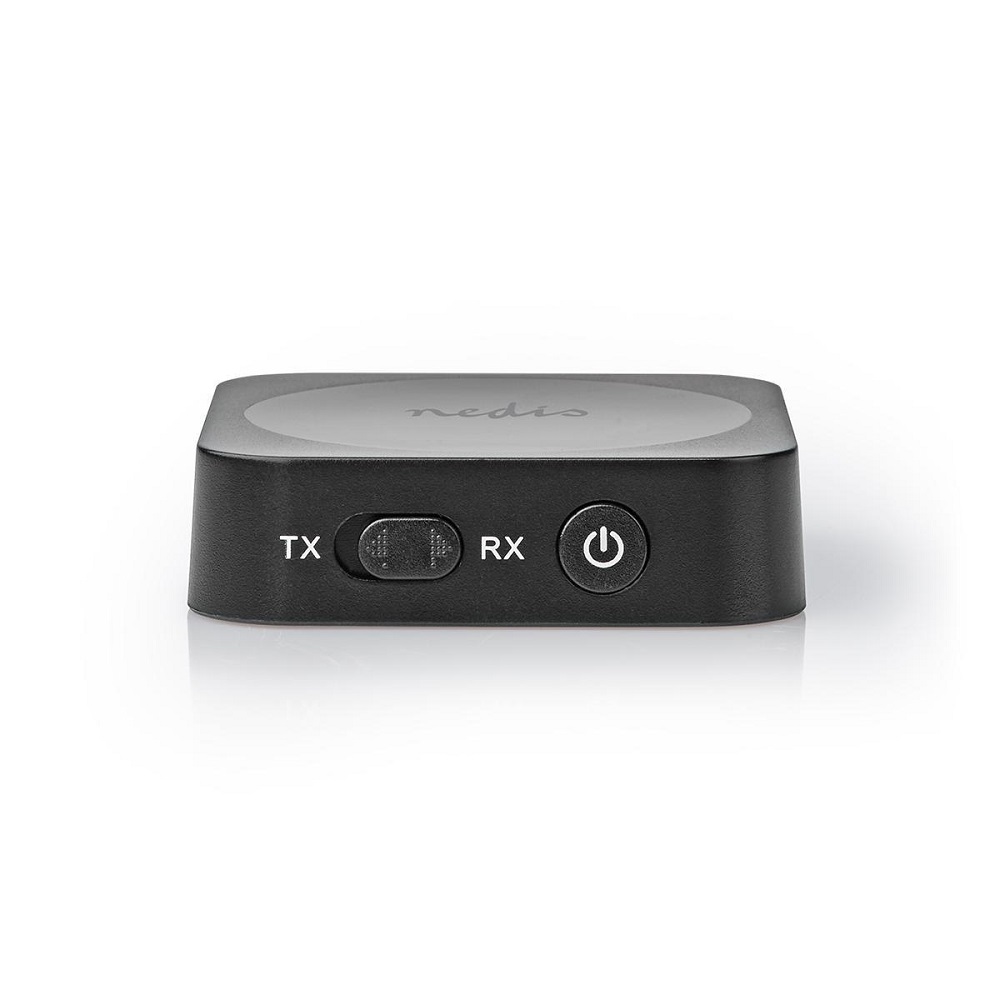
Put Your Transmitter in Pairing Mode
Activating Pairing Mode
To connect your Bluetooth transmitter to your headphones or speakers, you must first put it in pairing mode. Refer to your transmitter’s user manual for specific instructions, as the process may vary. This often involves pressing and holding the pairing button until the LED light flashes rapidly. This flashing indicates that the transmitter is ready to pair with other Bluetooth devices.
Ensuring Your Audio Device is in Pairing Mode
Make sure your Bluetooth headphones or speakers are also set to pairing mode. Most Bluetooth audio devices have specific instructions for this step, often involving a separate button press. Look for an indicator light that blinks or changes color while in pairing mode. If your headphones or speakers are already connected to another device, ensure you disconnect them to avoid interference.
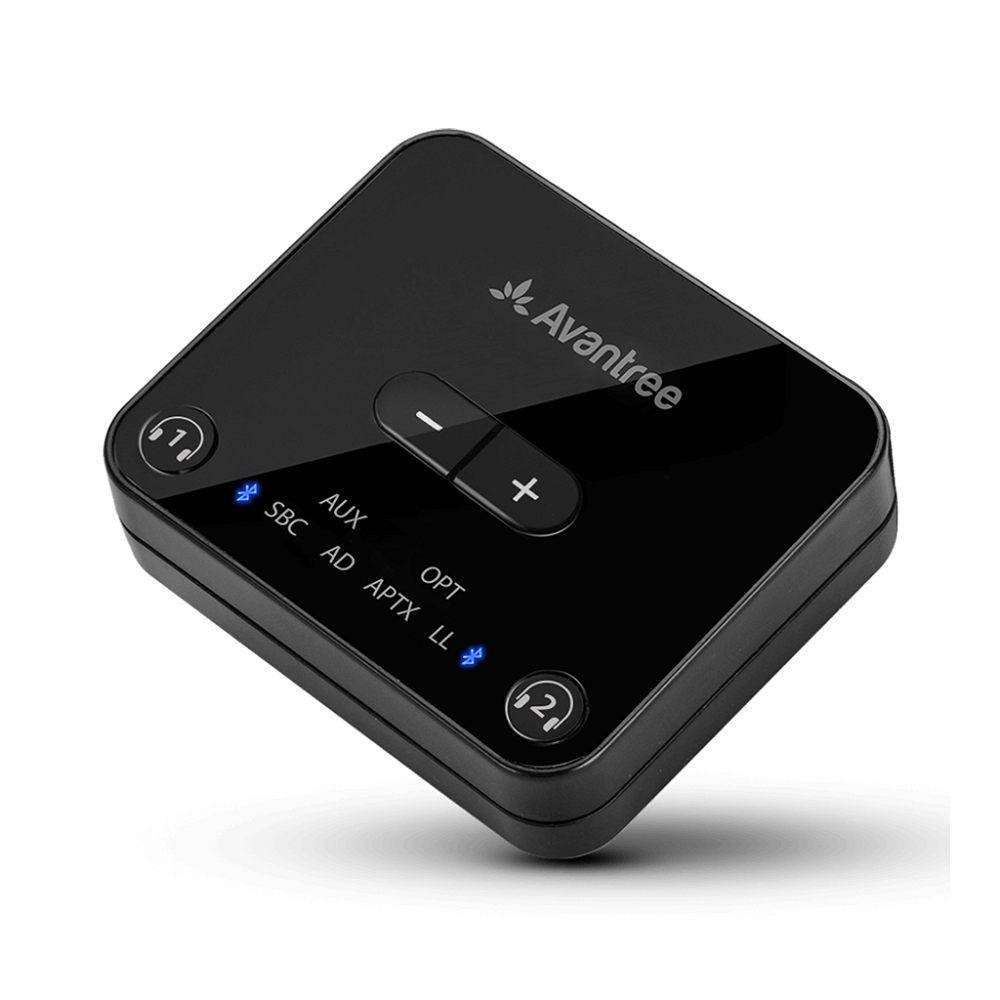
Pairing Your Devices
Finding Devices on Your Audio Source
Once both your Bluetooth transmitter and headphones or speakers are in pairing mode, they should begin to look for each other. On many Bluetooth transmitters, a light will flash to indicate it’s searching for a device. It may take a few moments for them to find one another. Keep the distance between the two devices short, ideally within three feet, to facilitate the connection.
Confirming the Connection
When your Bluetooth audio device appears on the transmitter, select it to initiate the pairing. If prompted, confirm any codes or pairing prompts. Once successful, the LED indicators on both devices usually change color or stop blinking, signifying a secure connection. Now you can start streaming audio from the source device to your Bluetooth headphones or speakers.
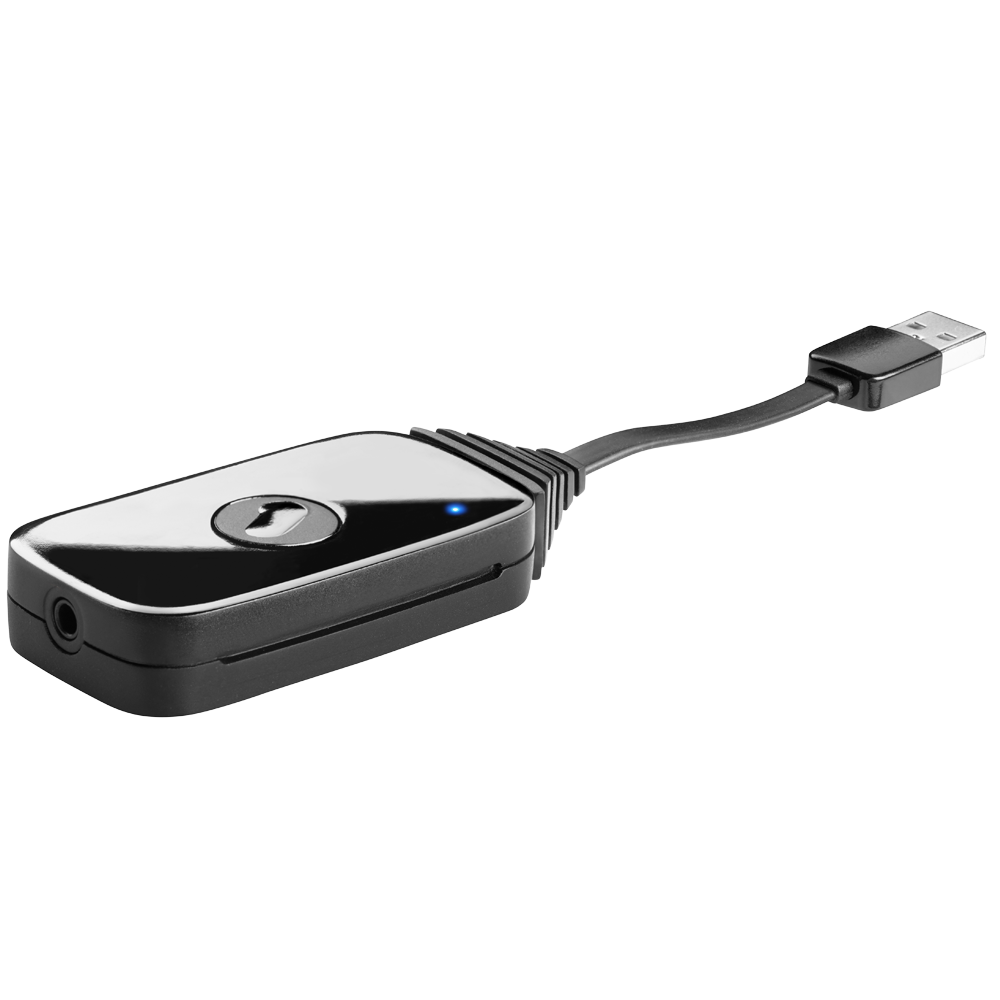
Troubleshooting Common Issues
Connection Problems
If you encounter issues connecting your devices, there are several troubleshooting steps to take. First, ensure that both your Bluetooth transmitter and audio devices are sufficiently charged or powered. Check whether they are within the optimal distance range for Bluetooth connectivity, typically around 30 feet or more. If still unsuccessful, restart both devices to refresh the Bluetooth settings and try the pairing process again.
Audio Quality Concerns
If you notice lag or interruptions in audio quality after pairing, try using the appropriate audio codec settings on your transmitter. Some models allow you to switch codecs manually through a button or remote control. If your transmitter and headphones support aptX Low Latency, enabling this option can significantly improve the audio quality and synchronicity, especially for watching movies or playing video games.
Finalizing Your Setup
Adjusting Volume and Settings
After establishing a successful connection, test the audio output by playing a song or watching a video. Adjust the volume levels on both the source device and the Bluetooth audio device. Many Bluetooth transmitters have volume control that allows you to manage sound levels without reaching for your original device. Be sure to test various audio sources to ensure everything is functioning properly.
Maintaining Your Devices
Once everything is set up and working, make it a habit to maintain your Bluetooth transmitter. Regularly check for firmware updates to ensure optimal performance and compatibility with future devices. Clean the connectors if necessary and store your transmitter safely when not in use. Proper maintenance can prolong the life of your device, ensuring your audio streaming experience remains smooth and enjoyable.
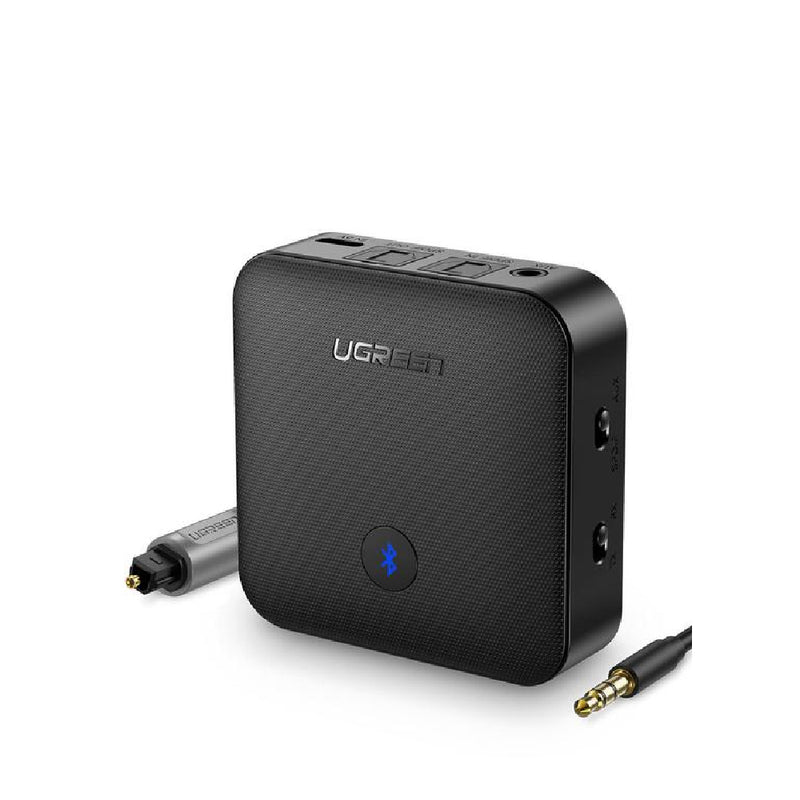
Exploring Additional Features
Utilizing Multiple Connections
Certain Bluetooth transmitters offer dual connectivity, allowing for simultaneous connections to two Bluetooth devices. This feature is ideal for situations where two people want to listen to the same audio stream separately. For example, you could connect your Bluetooth headphones while your friend uses the speakers. Familiarize yourself with how to manage multiple connections, as this will expand your usage options in various settings.
Additional Functionality
Look for transmitters that offer additional features such as built-in microphones, equalizers, or even the ability to transmit video signals. These features can enhance your overall experience, particularly if you frequently use your Bluetooth transmitter for activities like video calls or gaming. Make sure to read the manual provided with your transmitter to explore these functionalities fully.
Keeping Your Audio Devices Updated
Regular Updates Are Crucial
Ensuring that both your Bluetooth transmitter and connected devices are updated is essential for a seamless audio experience. Manufacturers often release firmware updates that improve connectivity, enhance audio quality, and fix bugs. Check the manufacturer’s website periodically or consult the user manual for details on how to download and install updates. Staying up to date can prevent various issues, such as connection drops, audio lag, and even compatibility problems with newer devices.
Compatibility with New Devices
As you acquire new audio devices, checking compatibility becomes increasingly important. Some Bluetooth transmitters support specific codecs or profiles that newer devices may utilize. Compatibility issues can often lead to subpar audio quality or connection difficulties. When introducing a new device into your setup, take a moment to verify that both the transmitter and receiver support each other’s audio formats. This extra step can help you maintain optimal performance across all your devices.
Conclusion
Setting up a Bluetooth transmitter is a straightforward process that opens up a world of wireless audio possibilities. From connecting non-Bluetooth devices to headphones, speakers, and more, these devices enhance your listening experience and offer greater freedom of movement. By following the steps outlined in this guide, you can ensure a seamless and efficient setup.
As you explore the capabilities of your Bluetooth transmitter, consider how it can transform your daily activities—from enjoying music and gaming to enhancing your movie-watching sessions. With a little practice and some troubleshooting know-how, you’ll be able to make the most of your Bluetooth transmitter, enjoying the convenience of wireless audio for years to come. It’s time to embrace the freedom that Bluetooth technology brings to your audio experience!
